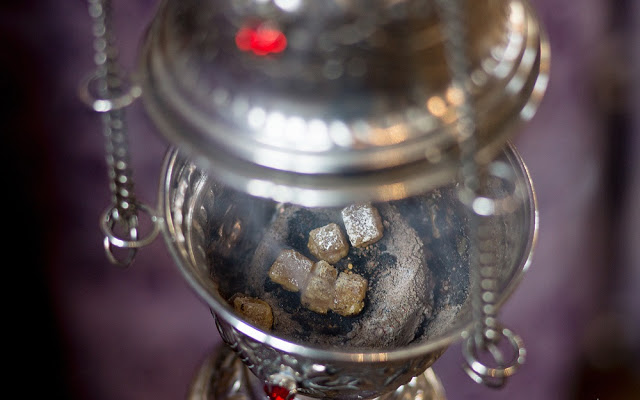
Question: What is the appropriate way for laypeople to use incense in prayer?
Answer: Historically, it has probably been exceptional for a laymen to use incense at home, because of the expense involved, and so it should not be thought that this is essential, but it certainly is permissible.
A laymen would only use a hand censer – not a swinging censer like the clergy typically use.
When a person censes with a hand censer, the censer is held in the right hand, and the sign of the cross is made with the censer over whatever he is censing. Then the censer is placed in the left hand, and he makes the sign of the cross and bows… unless he is censing other people, in which case he makes the sign of the cross with the censer only, and then bows to the people without signing himself.
If you are doing morning or evening prayers, you could cense before the beginning of the prayer, though some do this at the end.
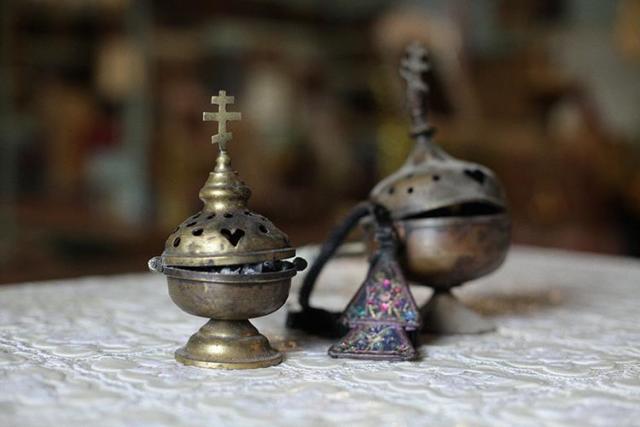
It is a nice touch to have a Cross and Gospel in your icon corner. This is where your censing would begin and end. You could just cense the icons in the icon corner, but if you wanted to, you could cense the whole room you are praying in, or other rooms too, if you wish.
There is more on the practical questions of how to use a censer if you are doing other reader services, at home or in a Church (in the absence of a priest) in “Practical Questions On How To Do Reader Services.”
On a practical note, in addition to a good hand censer, you will want to have a pair of tongs to light the coals – though chopsticks work even better, if you know how to use them. Chopsticks also have the added benefit of allowing you to place pieces of incense exactly where you want them.
I came across an article, which has the following comments on the use of a hand censer, which probably at least reflects pious Greek custom:
“Earlier we mentioned the hand censer as part of the icon corner. This hand censer is used in the home on eves of feasts, Saturday evenings, the beginnings of lenten periods, on the eves of name’s days of the family, on the eve of the patron of the family church, and on other occasions. Some Orthodox families use the hand censer each evening at family prayer, but the minimum use of it is for the above-mentioned occasions.
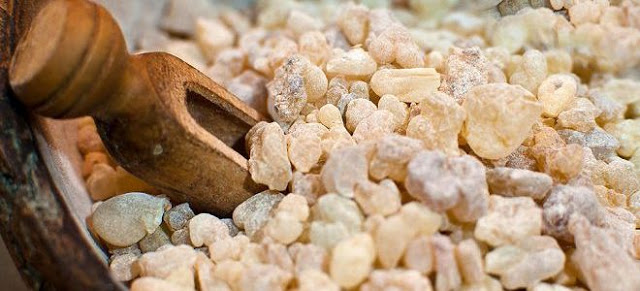
The offering of incense to God is a practice which dates back to the time of Moses when God gave commands as to how to burn it.
You shall make an altar to burn incense upon … And Aaron shall burn fragrant incense on it; every morning when he dresses the lamps he shall burn it, and when Aaron sets up the lamps in the evening, he shall burn it, a perpetual incense before the Lord throughout your generations. You shall offer no unholy incense thereon (Ex. 30:1, 7-9).
The burning of incense as an offering to God will continue even to the end of the world, as revealed by God to St. John.
And another angel came and stood at the altar with a golden censer; and he was given much incense to mingle with the prayers of all the saints upon the golden altar before the throne; and the smoke of the incense rose with the prayers of the saints from the hand of the angel before God (Rev. 8:3- 5).
Because of the command and revelation of God regarding the offering of incense, the Church uses incense as an acceptable offering in its Divine Services. Since the parish church uses incense, so should the family church use incense as an offering pleasing to God. On Saturday evenings, on the eves of feasts and the other already-mentioned occasions, the house is “blessed” with incense. The head of the household carries the hand censer with burning incense throughout the entire dwelling (basement and attic included) and makes the sign of the Cross on the four walls of each room and over the beds. Some Orthodox have the custom of saying with each sign of the Cross thus made: “This room (or bed) is blessed by the sign of the Holy Cross.” The person censing is accompanied by all members of the household chanting “Holy God…,” the troparion of the feast or Sunday or other appropriate ode, and bearing icons or candles. The procession begins at the icon corner, proceeds through the entire dwelling, and returns to the icon corner.
The hand censer, charcoal (for burning the incense) and the incense may be purchased at some parish churches or from monastic communities such as Holy Transfiguration Monastery (Brookline, Massachusetts 02146). The parish priest or deacon would be happy to show parishioners how to light the charcoal and offer incense.
The charcoal and incense ashes should not be discarded in the garbage, but should be put along the foundation of the building, buried in the ground or put in some other appropriate place where no one will step on them.
Feast days are celebrated by Orthodox families as special and joyous occasions. These days are not regarded as normal days and for this reason Orthodox homes often are decorated especially for the feast. The decorating of the home and icon corner can be a project for the parents together with the children. The decorations themselves, the decorating, and the blessing of the house with the hand censer, all place emphasis on the specialness and the importance of the feast. These are not to be surpassed by any secular celebrations at home, for after all, the Orthodox home is a family church and God is at the center of its existence. There is nothing so empty as a Christmas celebrated, as many westerners do, so that the house decorations, the meal, the gifts, or the family get-together are the center and reason for the celebration. In other words, Christ has been made alien to the celebration” (Marriage and the Christian Home, by Fr. Michael B. Henning)
I also found the following:
“For country folk the farming cycle is closely connected with the Church Year, indicating when to sow certain crops, etc. There are various blessings of crops and produce, of cattle and the like, so that everything is related to God. Even townsfolk keep up such traditions as eating homemade pastry birds on the feast of the Forty Holy Martyrs (9th / 22nd March), taking care that only the most essential work is done on St Elias’ day, blessing the house with holy water on the first day of every month, and censing each day with a home-censer and incense. Whenever possible, Orthodox people try to attend church not only on Sundays, but for the main feasts, even keeping children off school for this” (The Orthodox Way of Life, by a Nun Abroad, From The Shepherd, Vol. XVII, No. 3 (December 1996)).

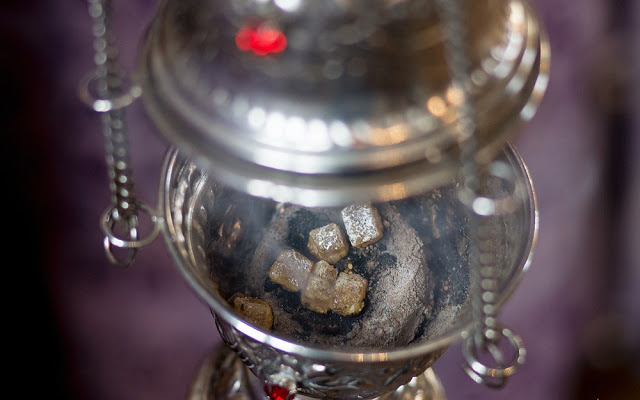

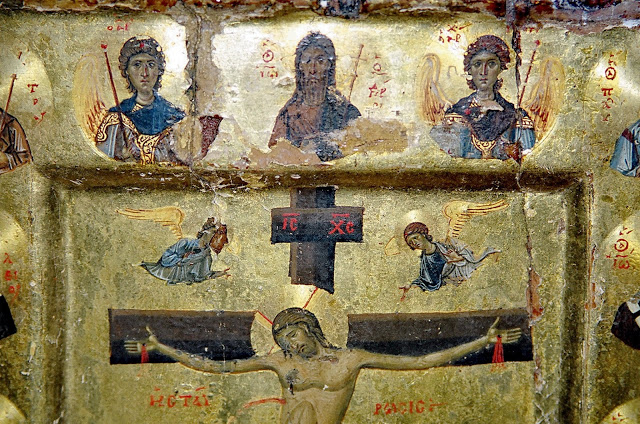
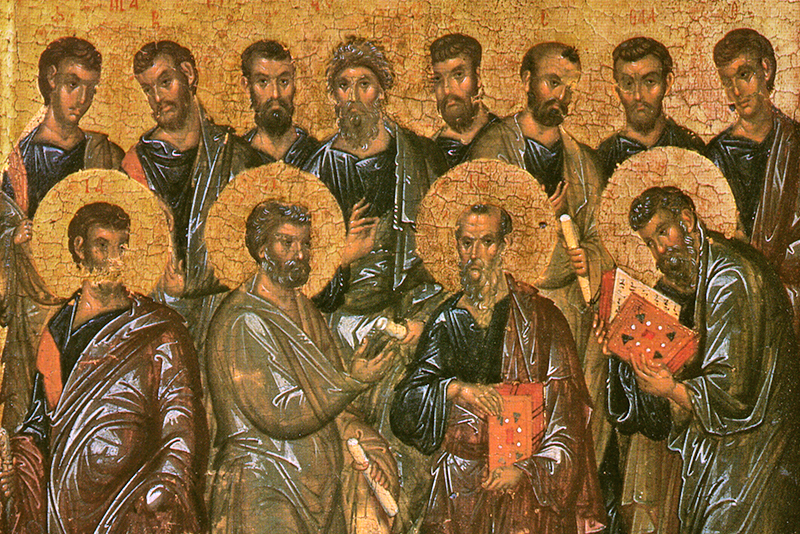
Thank you for this very helpful article! I purchased an incense burner, but was not sure how to properly use it.
Your article is excellent!! It not only answered my question, it gave much more information on the many uses of incense. I also appreciate the directions on disposal of incense and charcoal.
I definitely will come back to your blog for more information on walking closely with God in the Orthodox Church.
May the Father, Son and Holy Spirit bless and direct each one of you as you walk with Him and do His will.
Glory to God forever!!
You are so welcome! Thank you! God bless!
Is incense consumable?either raw or soaked with water?
Dear Asogwa Gloria!
No, incense is not consumable.But incense essential oil is sometimes used in small doses as a food supplement. If you are going to use it in cooking, make sure you are not allergic to it.